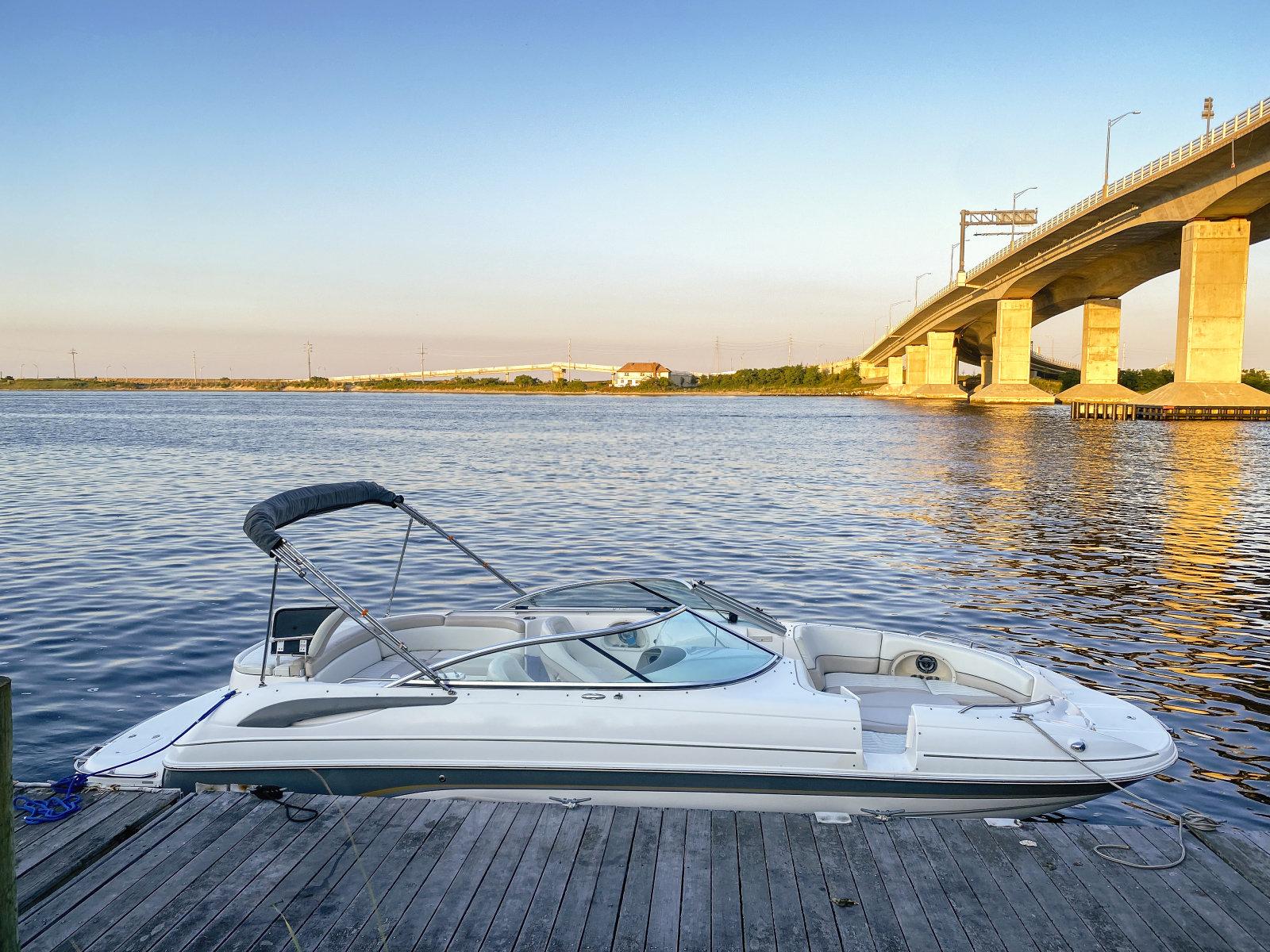Introduction:
When it comes to boat flooring, fiberglass is a popular choice due to its durability, low maintenance, and versatility. However, with various types of fiberglass available, selecting the right one for your boat floor can be a daunting task. In this comprehensive guide, we’ll explore the different types of fiberglass, their characteristics, and their suitability for boat flooring applications. We’ll also delve into the factors to consider when choosing the appropriate fiberglass for your boat floor, ensuring a long-lasting and functional solution.
Understanding Fiberglass:
Fiberglass, also known as glass-reinforced plastic (GRP) or fiber-reinforced polymer (FRP), is a composite material made of plastic reinforced with glass fibers. It is widely used in various industries, including marine, automotive, and construction, due to its strength, lightweight, and corrosion resistance.
Types of Fiberglass for Boat Floors:
1.Woven Roving:
- Description: Woven roving is a heavy-duty fiberglass fabric made by weaving continuous strands of glass fibers together.
- Characteristics: Extremely durable, high tensile strength, and excellent impact resistance.
- Applications: Commonly used for boat hulls, decks, and structural components that require exceptional strength.
2.Biaxial Fiberglass:
- Description: Biaxial fiberglass consists of two layers of fiberglass strands oriented at 90 degrees to each other.
- Characteristics: Balanced strength in both directions, good impact resistance, and conformability.
- Applications: Suitable for boat floors, decks, and areas requiring multidirectional strength.
3.Chopped Strand Mat (CSM):
- Description: CSM is a non-woven fiberglass mat made of randomly oriented chopped glass fibers held together by a binder.
- Characteristics: Excellent conformability, good impact resistance, and easy to work with.
- Applications: Often used as a base layer or for filling and reinforcing boat floors and decks.
4.Fiberglass Cloth:
- Description: Fiberglass cloth is a woven fabric made of continuous glass fibers.
- Characteristics: Lightweight, high strength-to-weight ratio, and good dimensional stability.
- Applications: Commonly used for boat floors, decks, and areas requiring a smooth finish.
Factors to Consider When Choosing Fiberglass for Boat Floors:
1.Strength and Durability:
- Boat floors are subjected to heavy foot traffic, equipment, and various loads, making strength and durability crucial factors.
- Woven roving and biaxial fiberglass offer superior strength and durability, making them suitable for high-stress areas.
2.Weight Considerations:
- Fiberglass cloth and CSM are relatively lightweight options, which can be beneficial for weight-sensitive applications.
- Heavier fiberglass types, like woven roving, may add more weight but provide exceptional strength.
3.Conformability and Ease of Installation:
- CSM and biaxial fiberglass are more conformable, making them easier to work with and suitable for complex shapes and curves.
- Woven roving and fiberglass cloth may require more effort during installation but offer better dimensional stability.
4.Surface Finish:
- Fiberglass cloth provides a smooth surface finish, making it ideal for areas where a clean appearance is desired.
- CSM and woven roving may require additional finishing steps to achieve a smooth surface.
5.Cost Considerations:
- CSM and fiberglass cloth are generally more cost-effective options compared to woven roving and biaxial fiberglass.
- The cost should be balanced against the desired performance and durability requirements.
Installation and Maintenance:
Proper installation and maintenance are crucial for ensuring the longevity and performance of fiberglass boat floors. Here are some key considerations:
1.Surface Preparation:
- Thoroughly clean and sand the existing surface to ensure proper adhesion of the fiberglass.
- Apply a suitable primer or bonding agent if recommended by the manufacturer.
2.Resin Selection:
- Choose the appropriate resin system (e.g., polyester, vinyl ester, or epoxy) based on the fiberglass type and application requirements.
- Follow the manufacturer’s instructions for mixing and applying the resin.
3.Layering and Reinforcement:
- For added strength, consider using multiple layers of fiberglass or combining different types (e.g., CSM as a base layer with woven roving or biaxial fiberglass on top).
- Incorporate additional reinforcement in high-stress areas or corners.
4.Finishing and Sealing:
- Apply a suitable gelcoat or topcoat to protect the fiberglass and achieve the desired surface finish.
- Seal any edges or seams to prevent water ingress and ensure a watertight installation.
5.Maintenance:
- Regularly inspect the fiberglass boat floor for any signs of damage, wear, or delamination.
- Clean and protect the surface with appropriate marine-grade cleaners and sealants.
- Address any issues promptly to prevent further deterioration.
Conclusion:
Choosing the right fiberglass for your boat floor is crucial for ensuring durability, functionality, and longevity. By considering factors such as strength, weight, conformability, surface finish, and cost, you can select the most suitable fiberglass type for your specific needs. Proper installation and maintenance practices are equally important to maximize the performance and lifespan of your fiberglass boat floor. With this comprehensive guide, you now have the knowledge to make an informed decision and create a safe, reliable, and long-lasting boat floor that enhances your boating experience.


